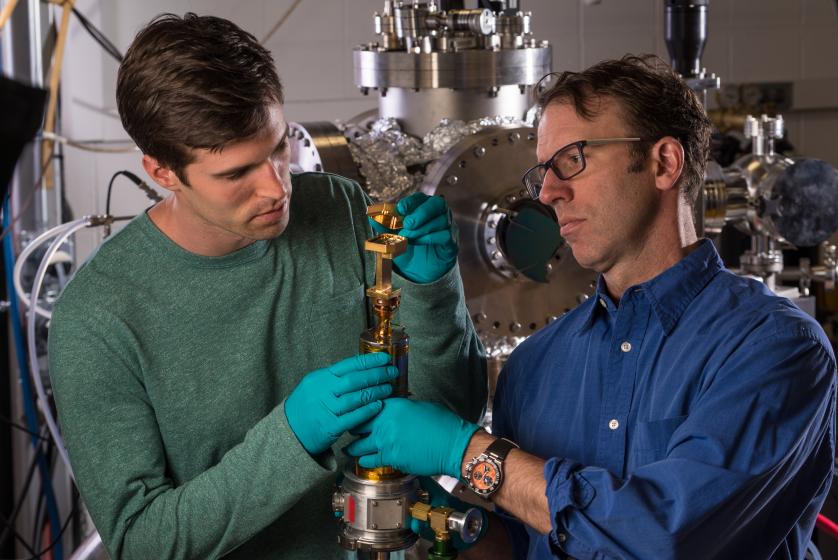Meet The Mighty Carbon Nanotube
New research at DU could help scientists find new ways to combat climate change

At 1/1,000th the width of a human hair, it’s light, flexible and the giga-star of Associate Professor Barry Zink’s recent thermoelectrics research. Known for its unique electrical properties, Zink says, this allotrope of carbon might just help us combat climate change.
And Zink should know. Along with physics graduate student Devin Wesenberg, he has collaborated with scientists at the National Renewable Energy Laboratory(NREL), based in Golden, Colo., and a research group at the Korea Advanced Institute of Science and Technology. They joined forces to investigate the carbon nanotube’s potential for capturing thermoelectric waste heat.
Their findings, published in the journal Nature Energy, have sent a jolt of excitement through the scientific community. “It’s been picked up by blogs; it’s been picked up by news outlets,” Zink says. “There’s truly a lot of excitement about it. People are even tweeting about it.”
And the news is certainly promising. In fact, the scientists have discovered that, in addition to its many charms, the carbon nanotube can act as a thermoelectric power generator that traps and uses waste heat.











